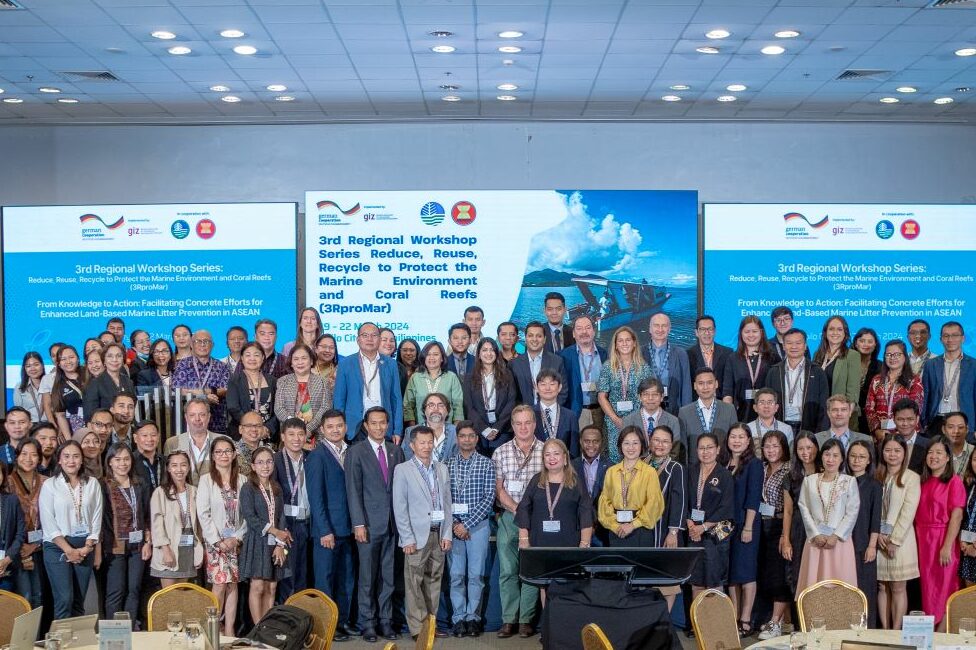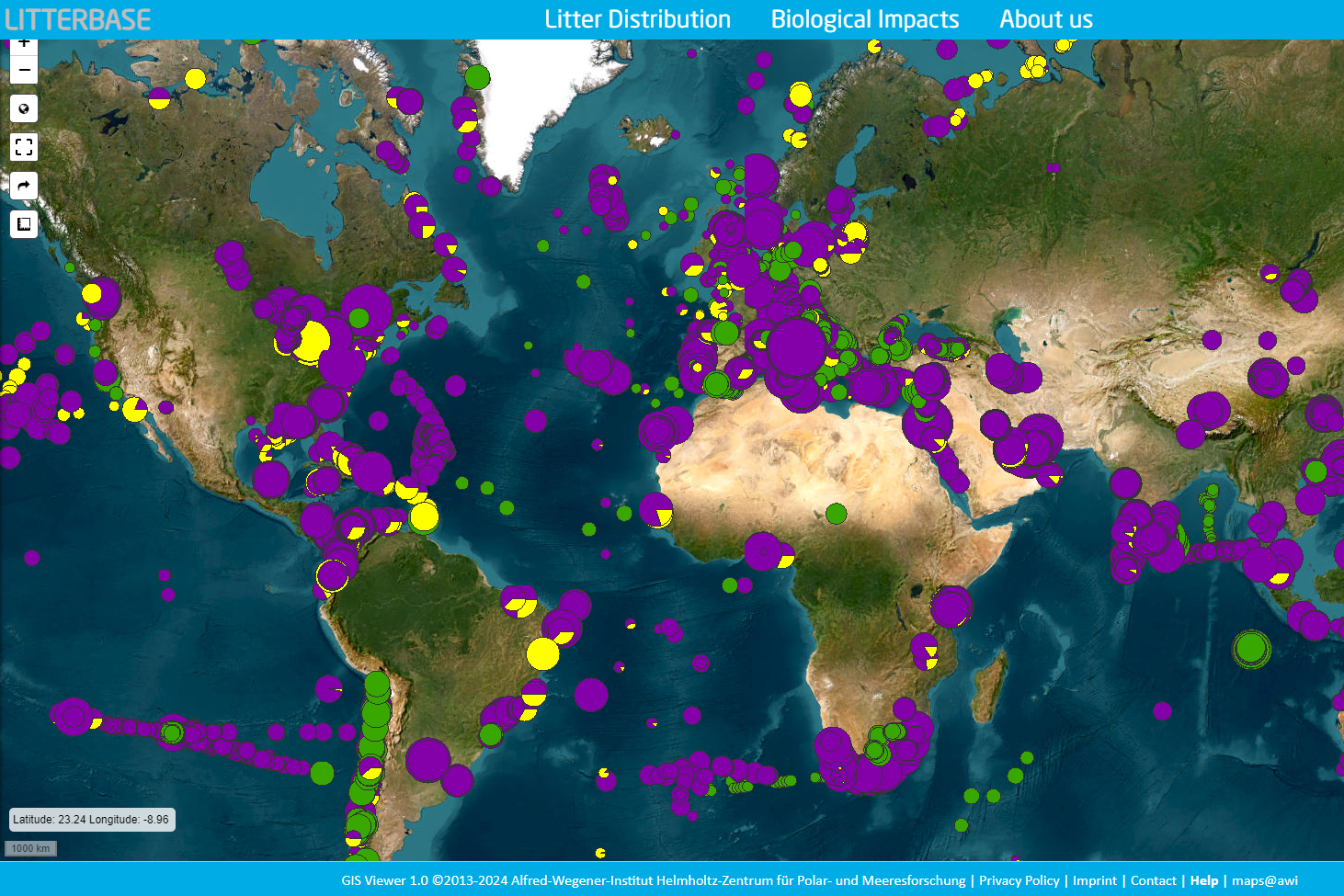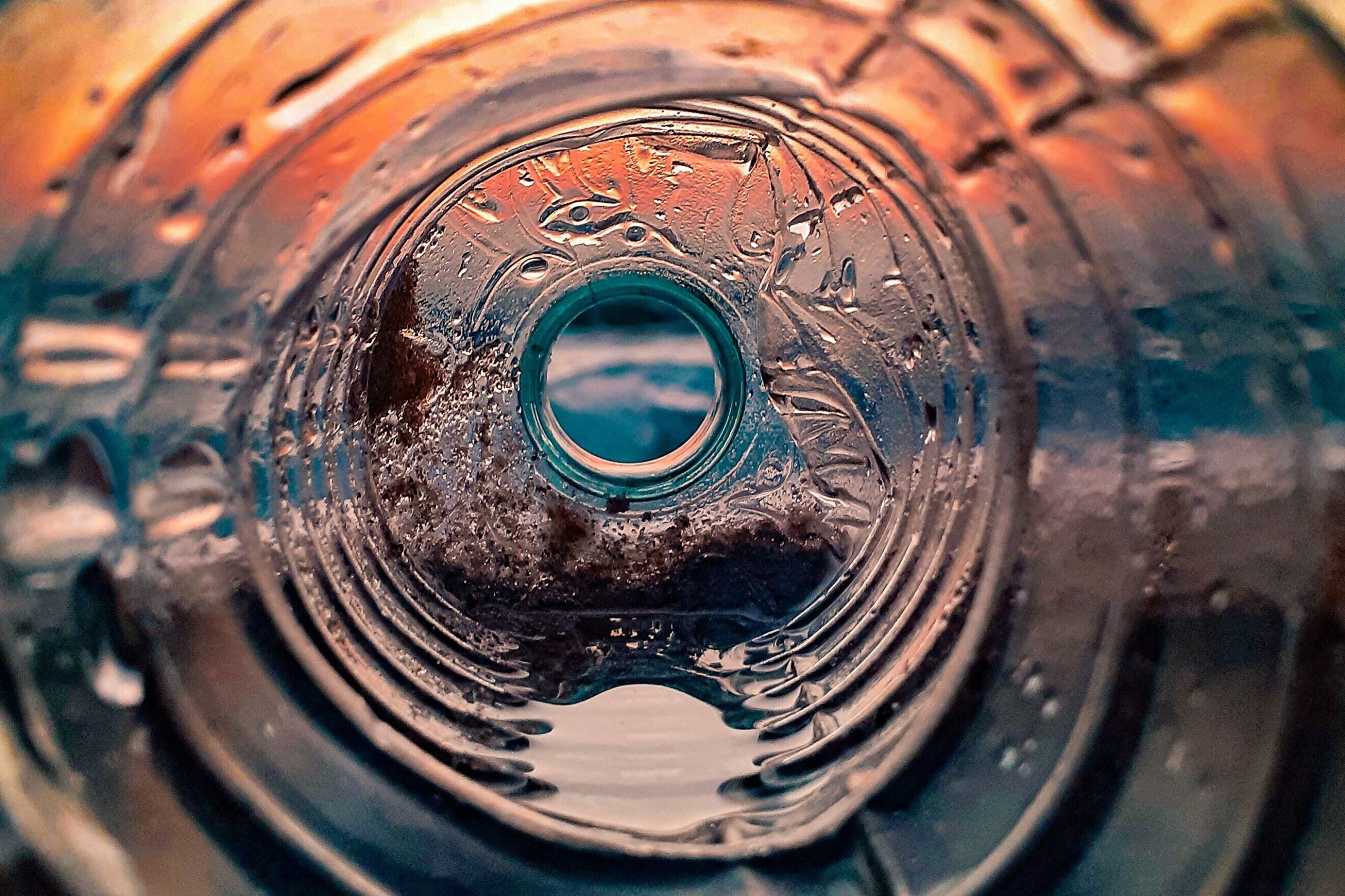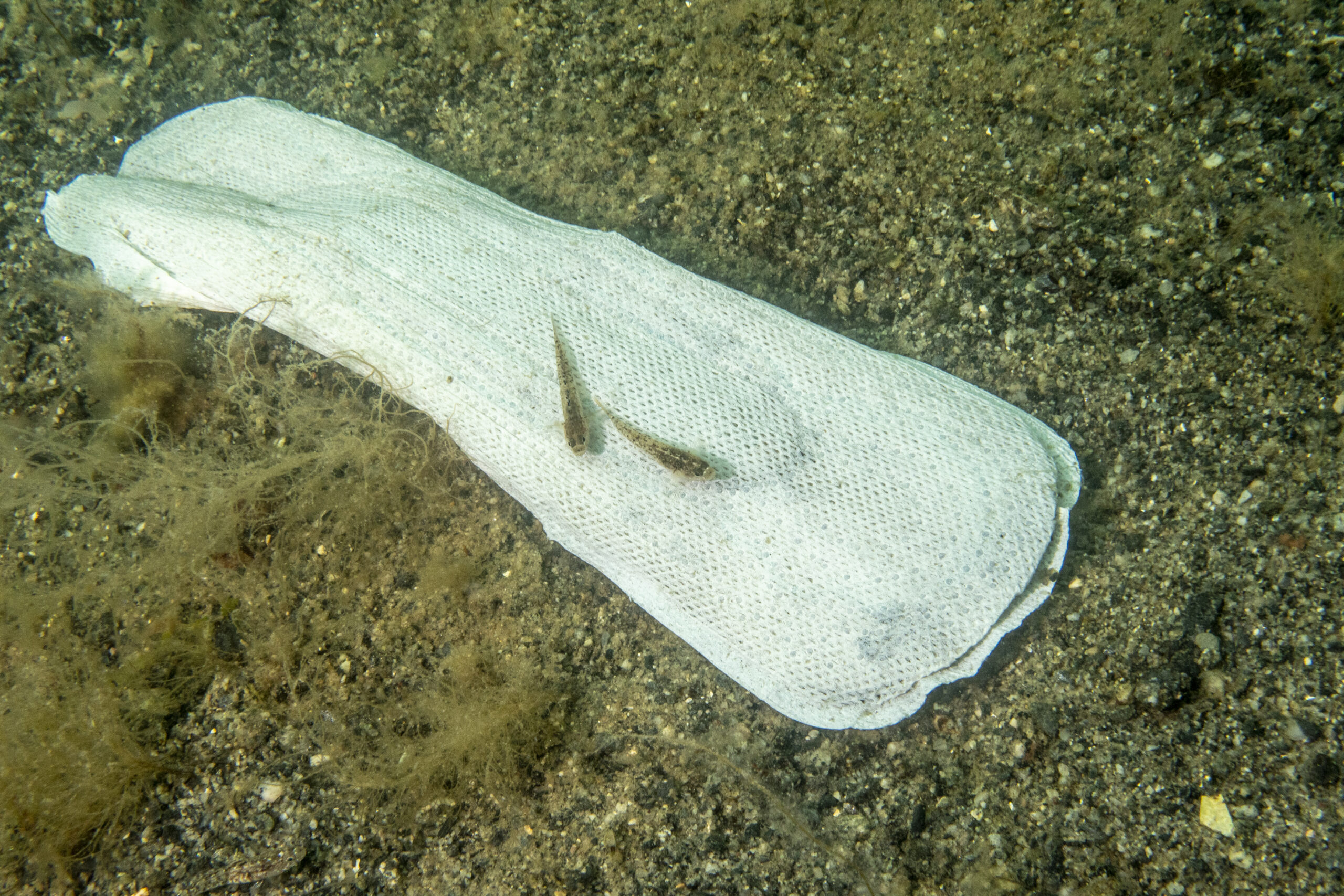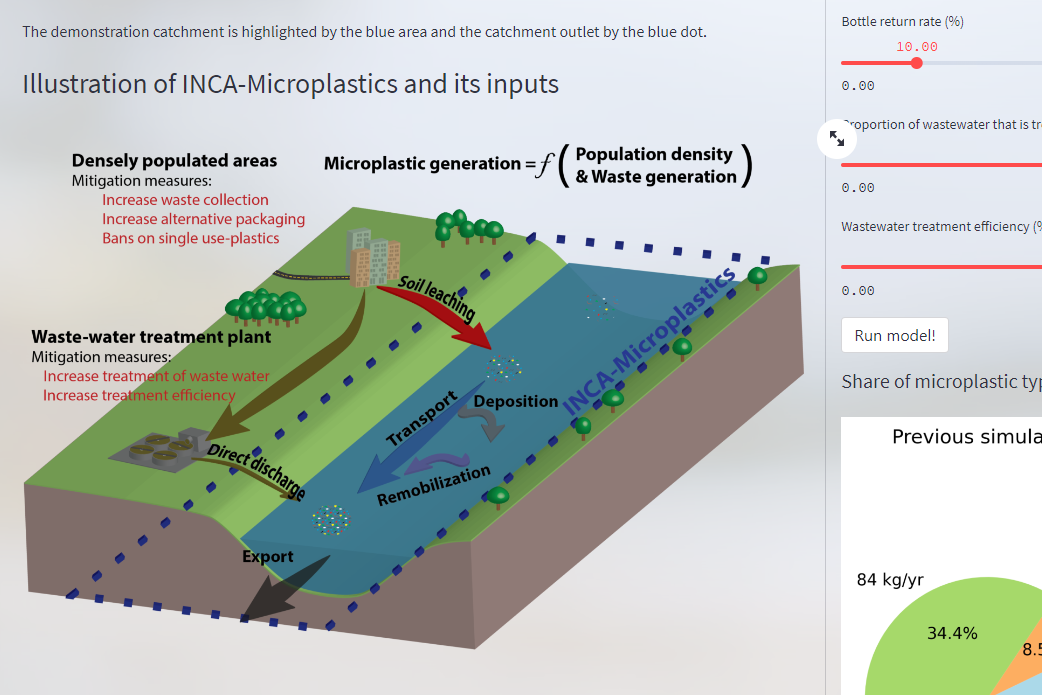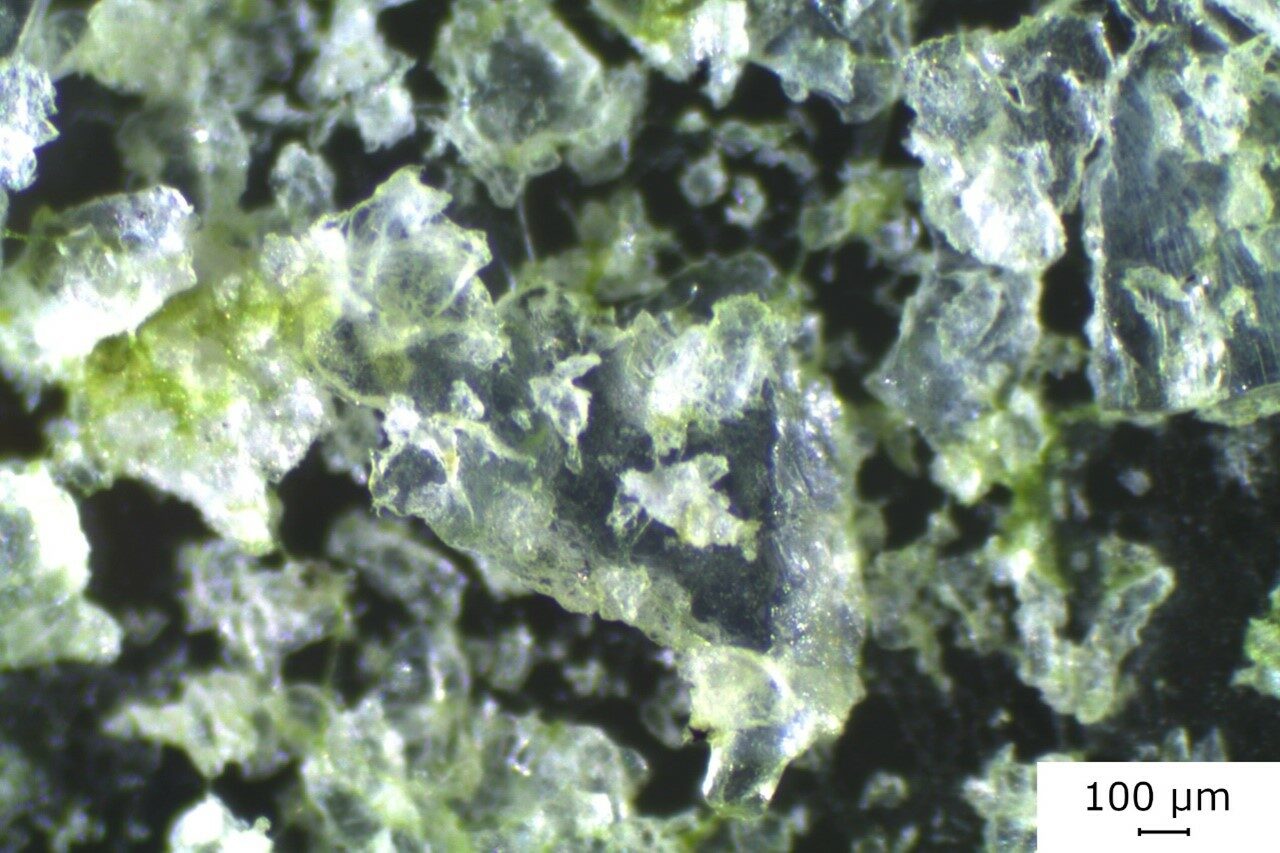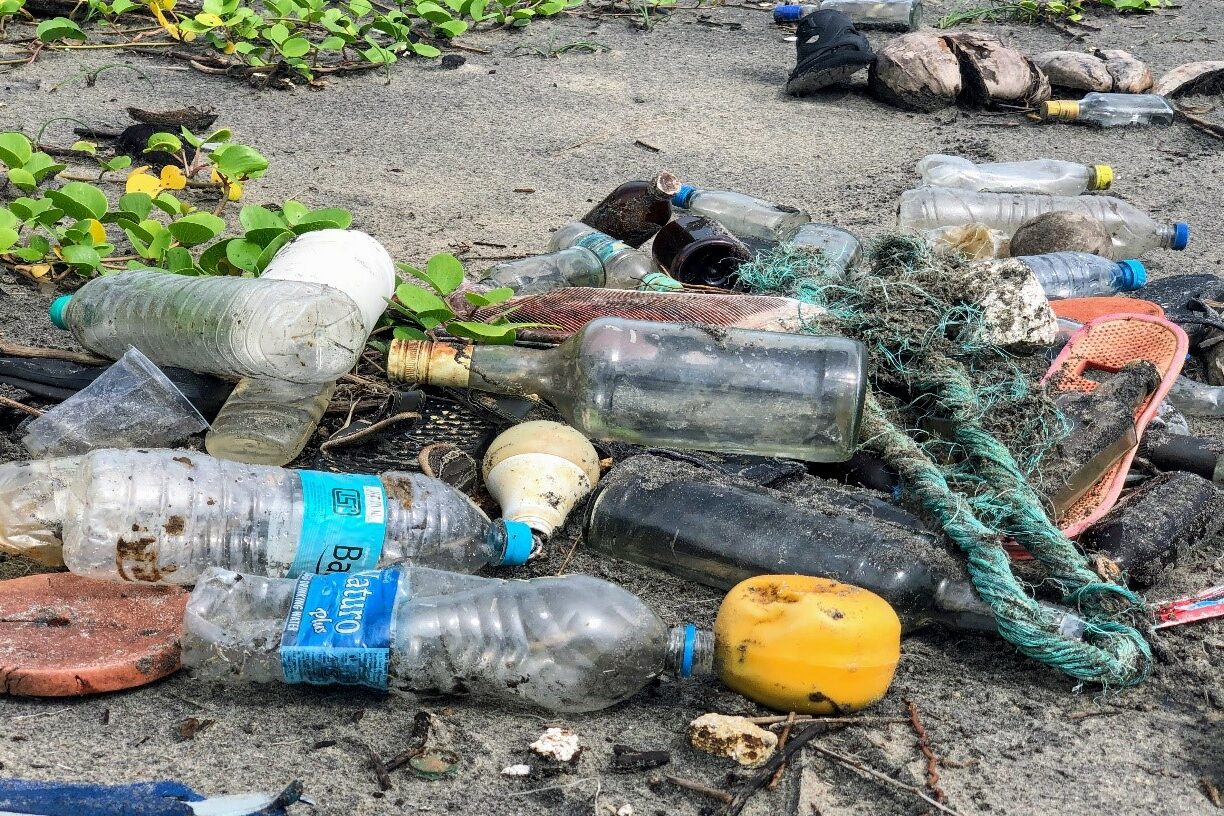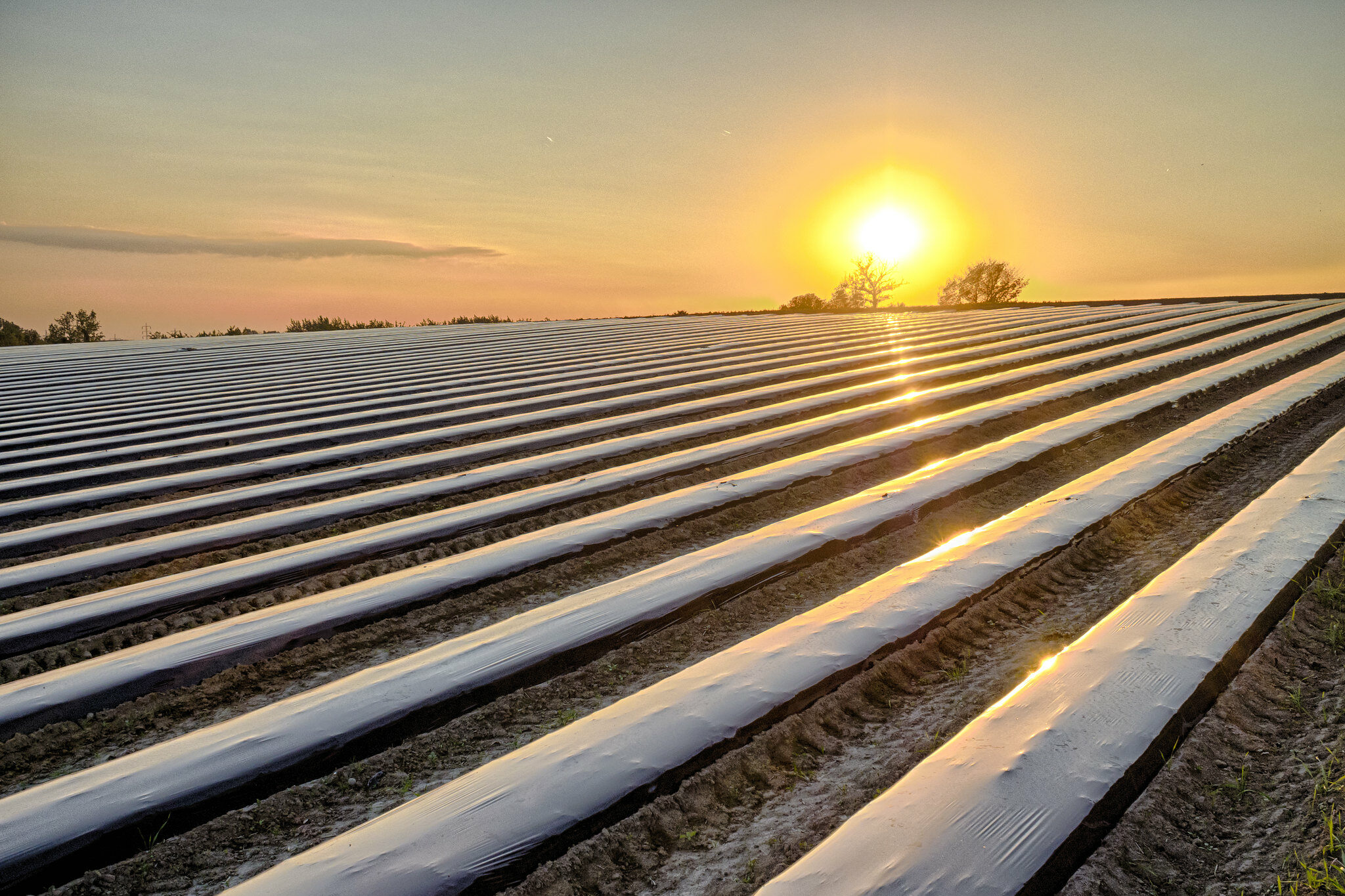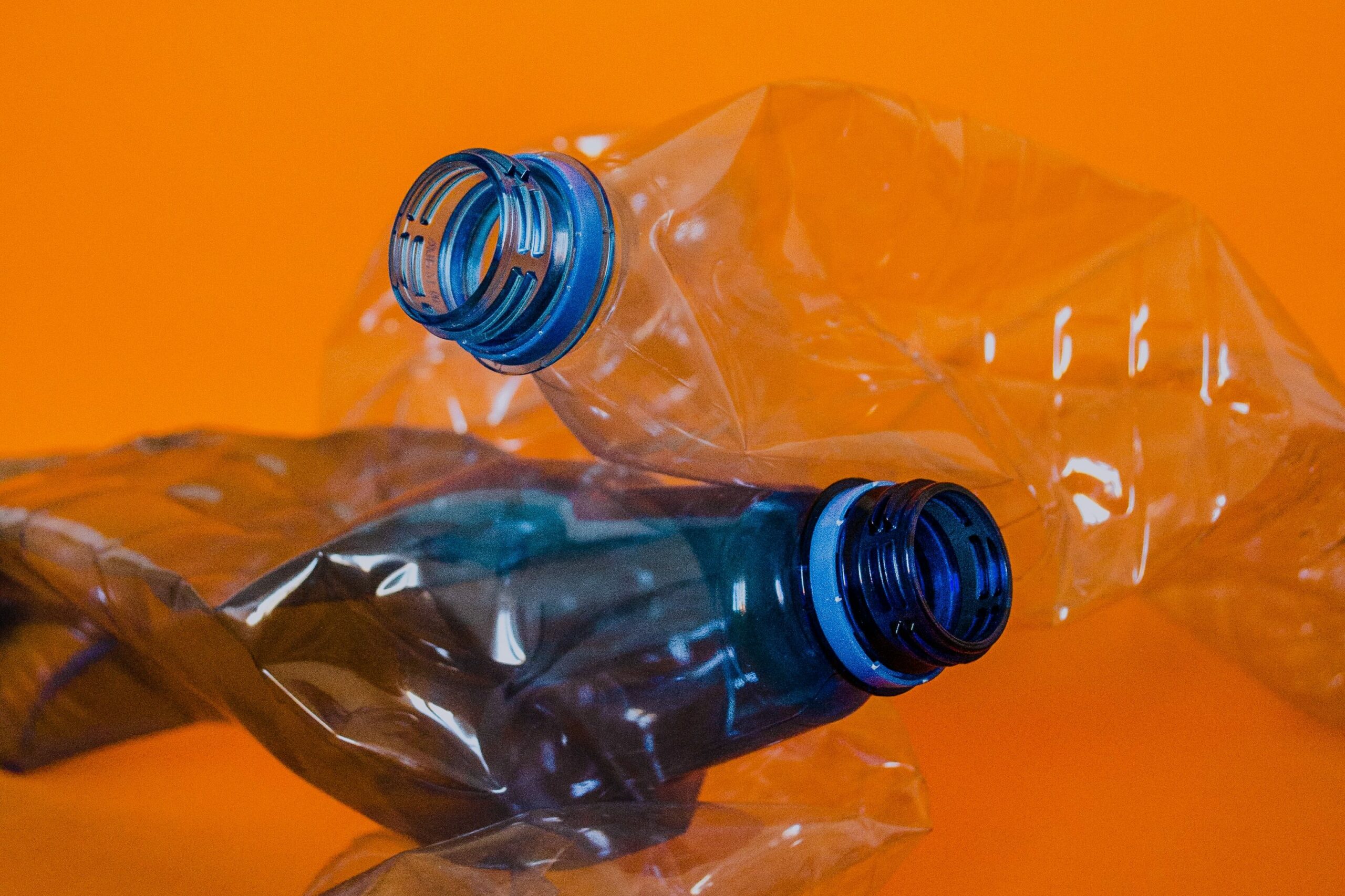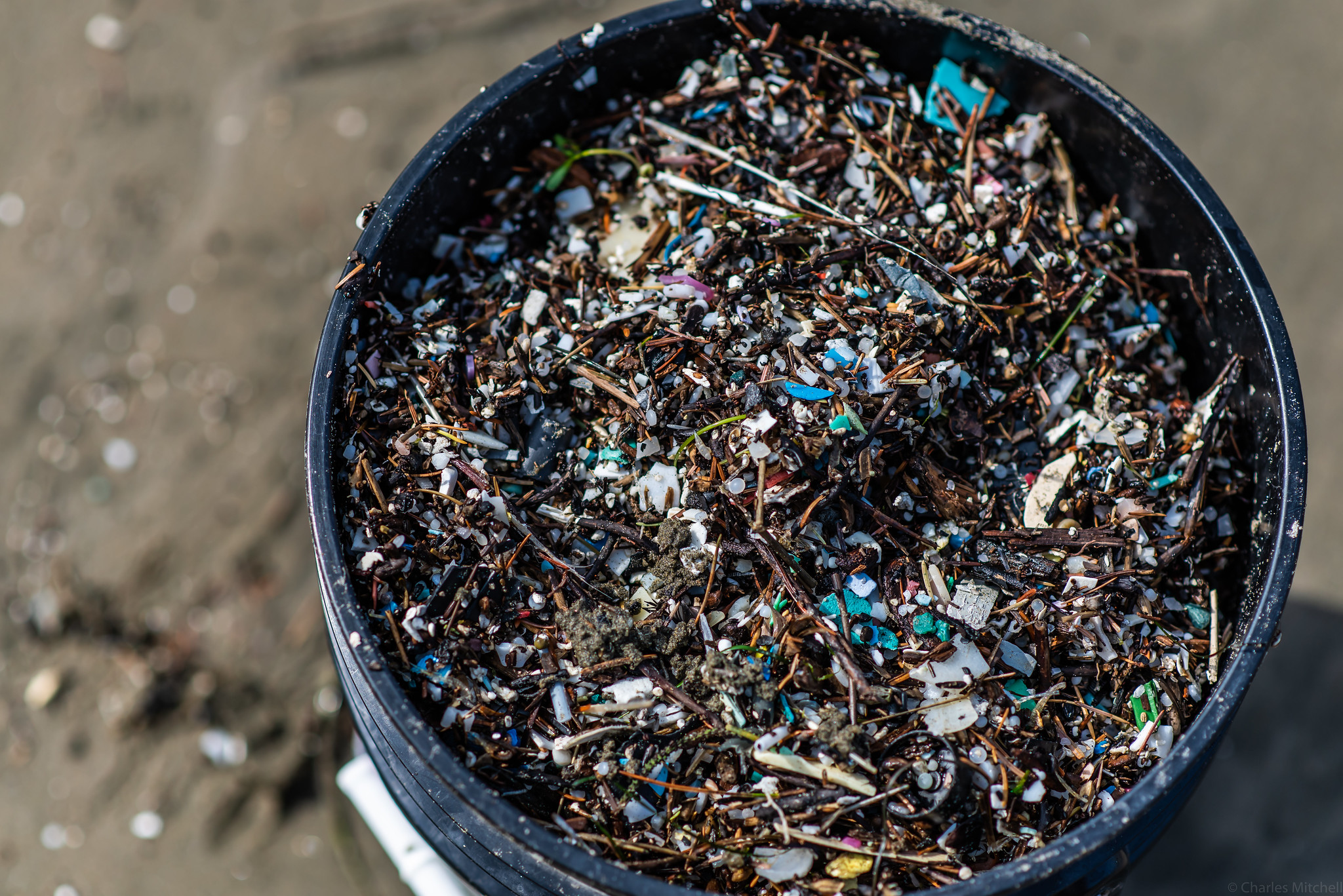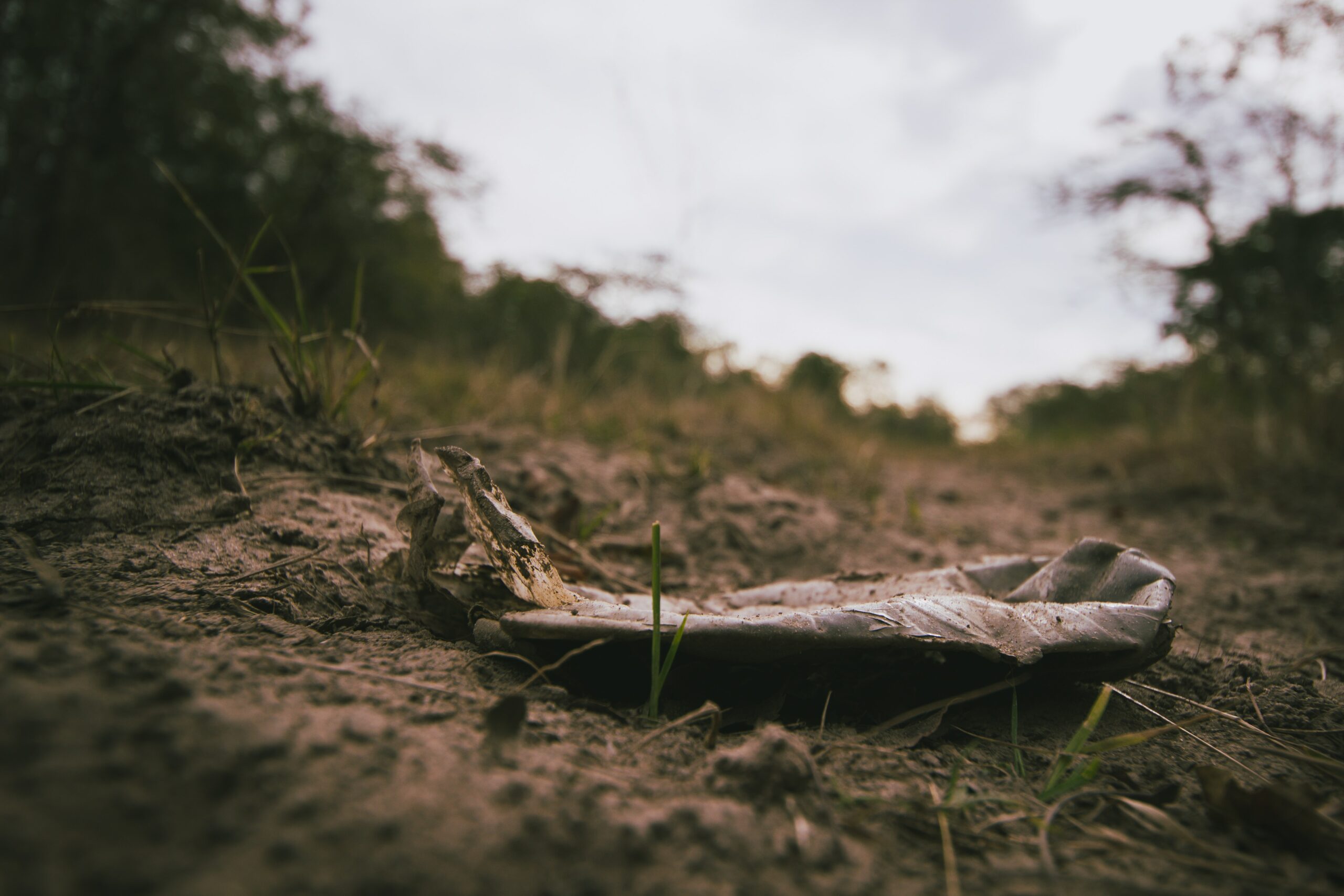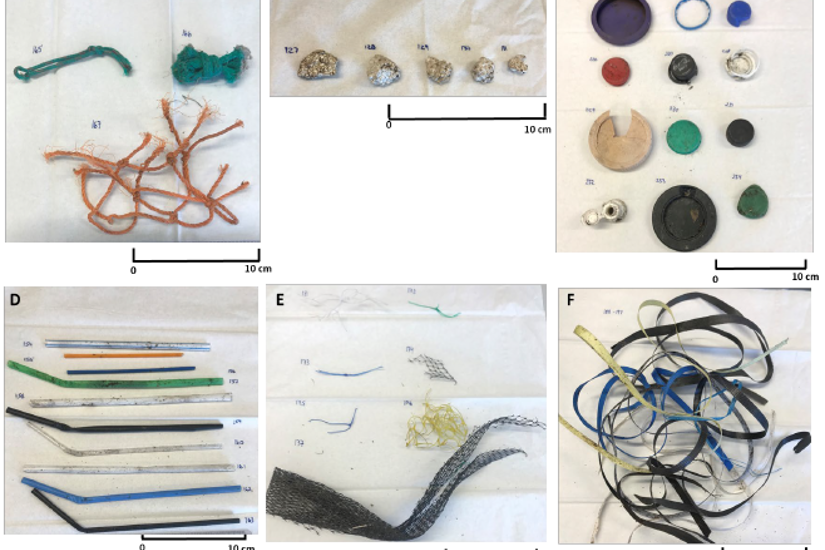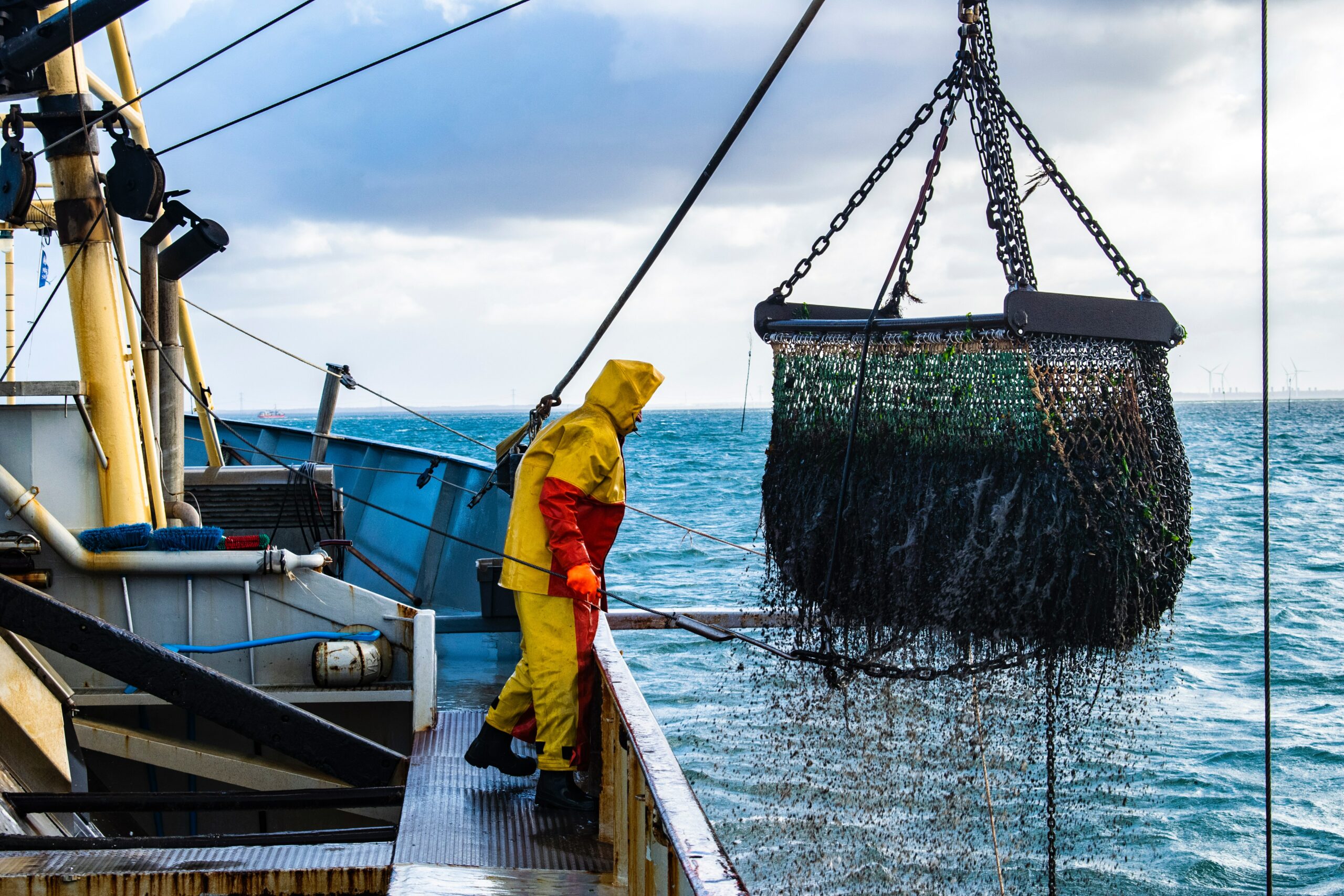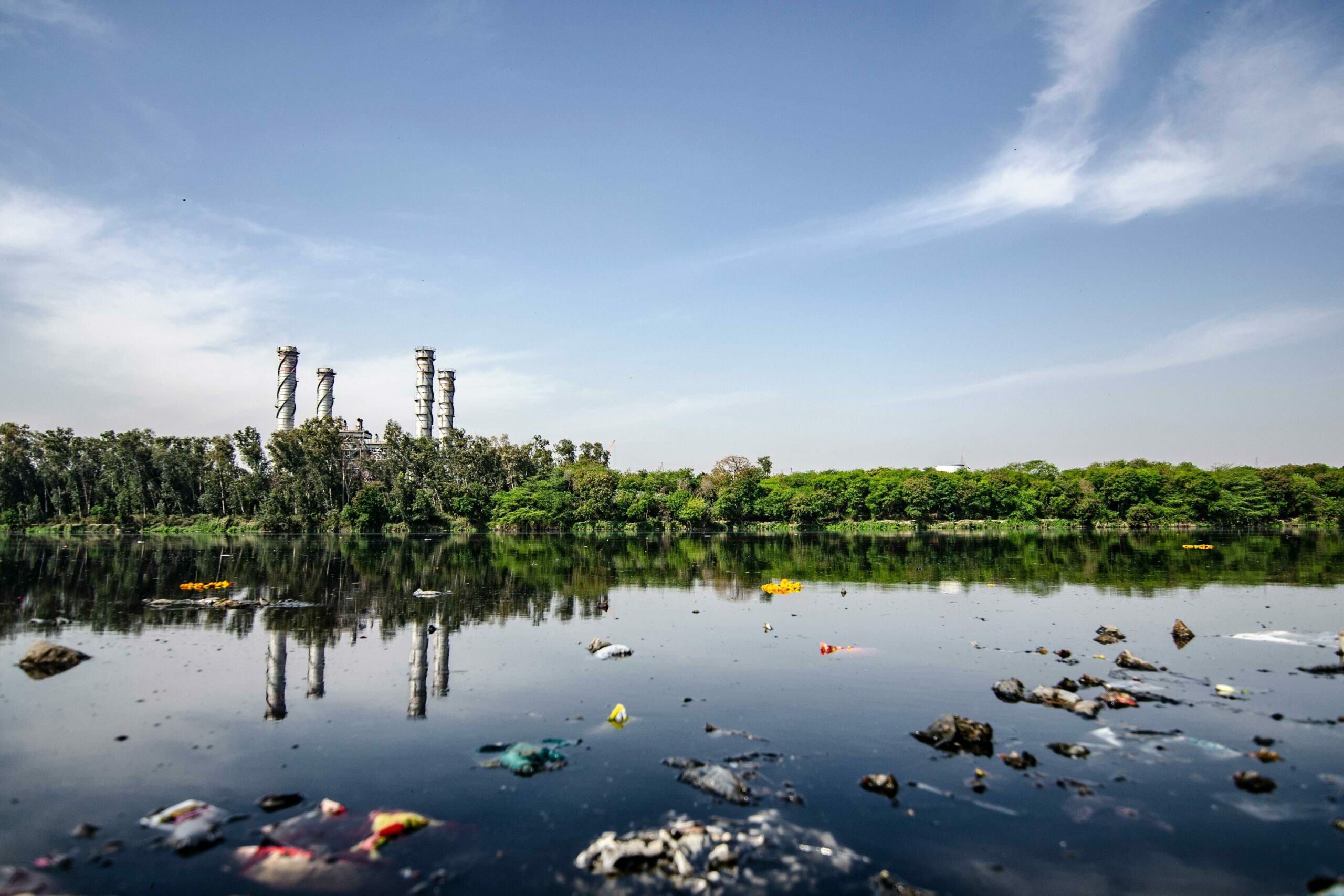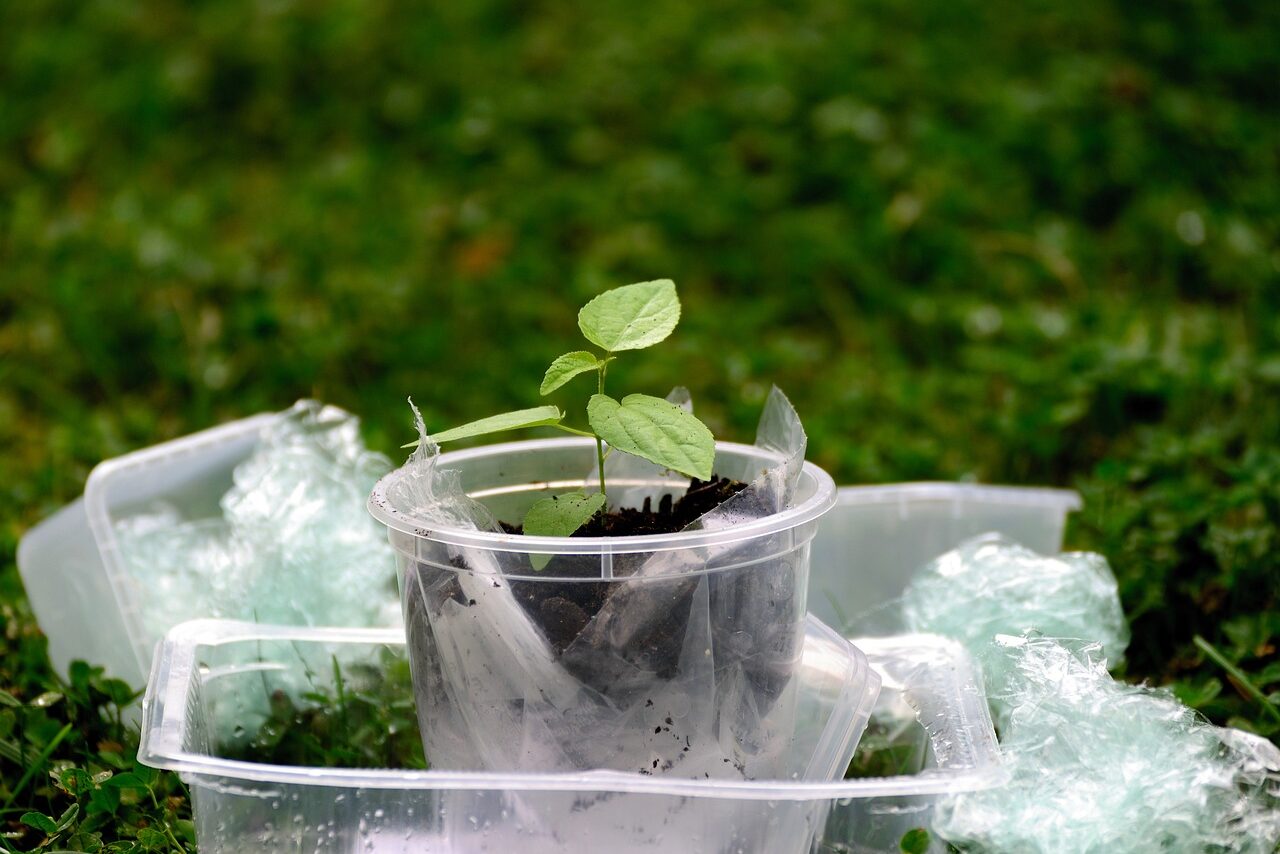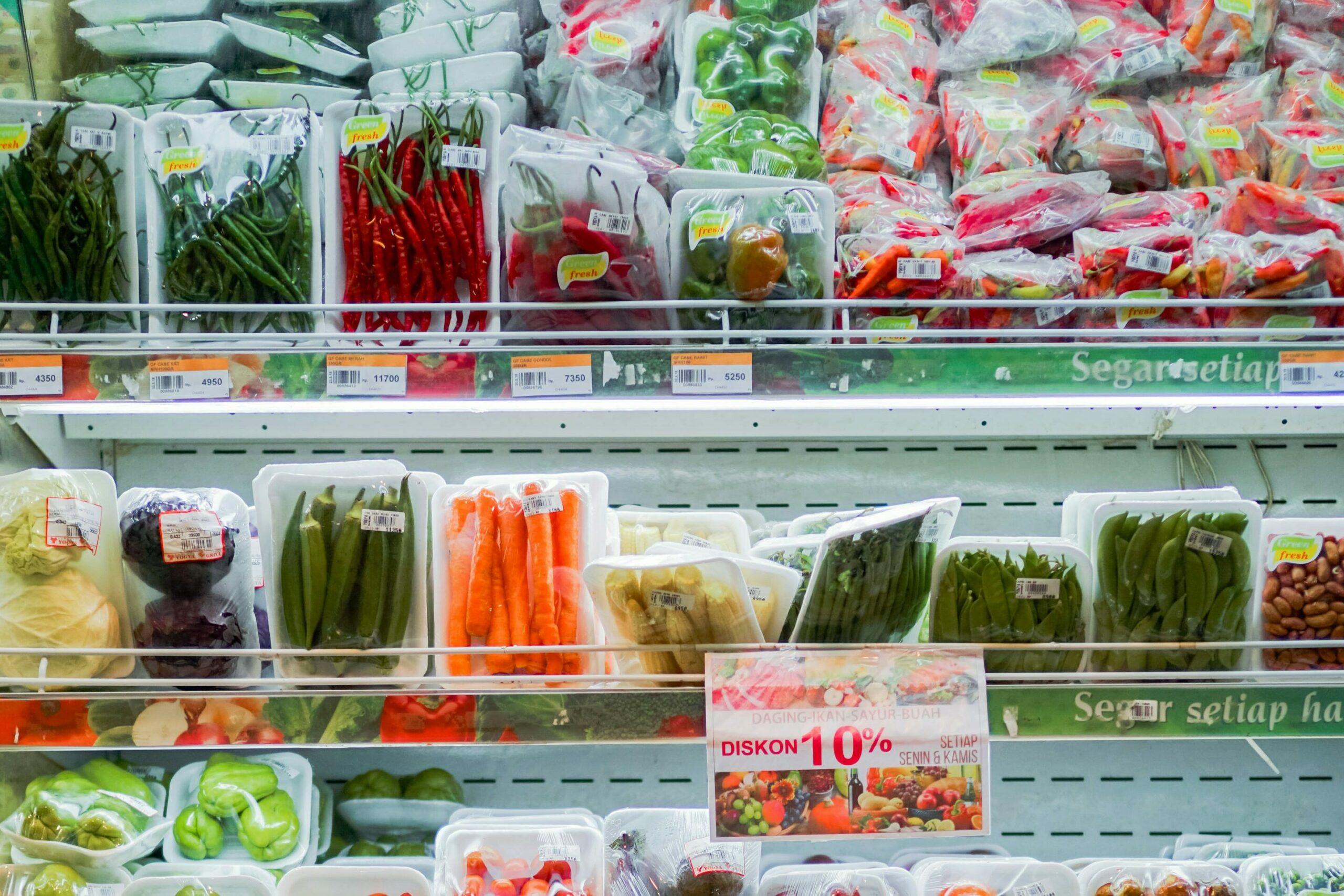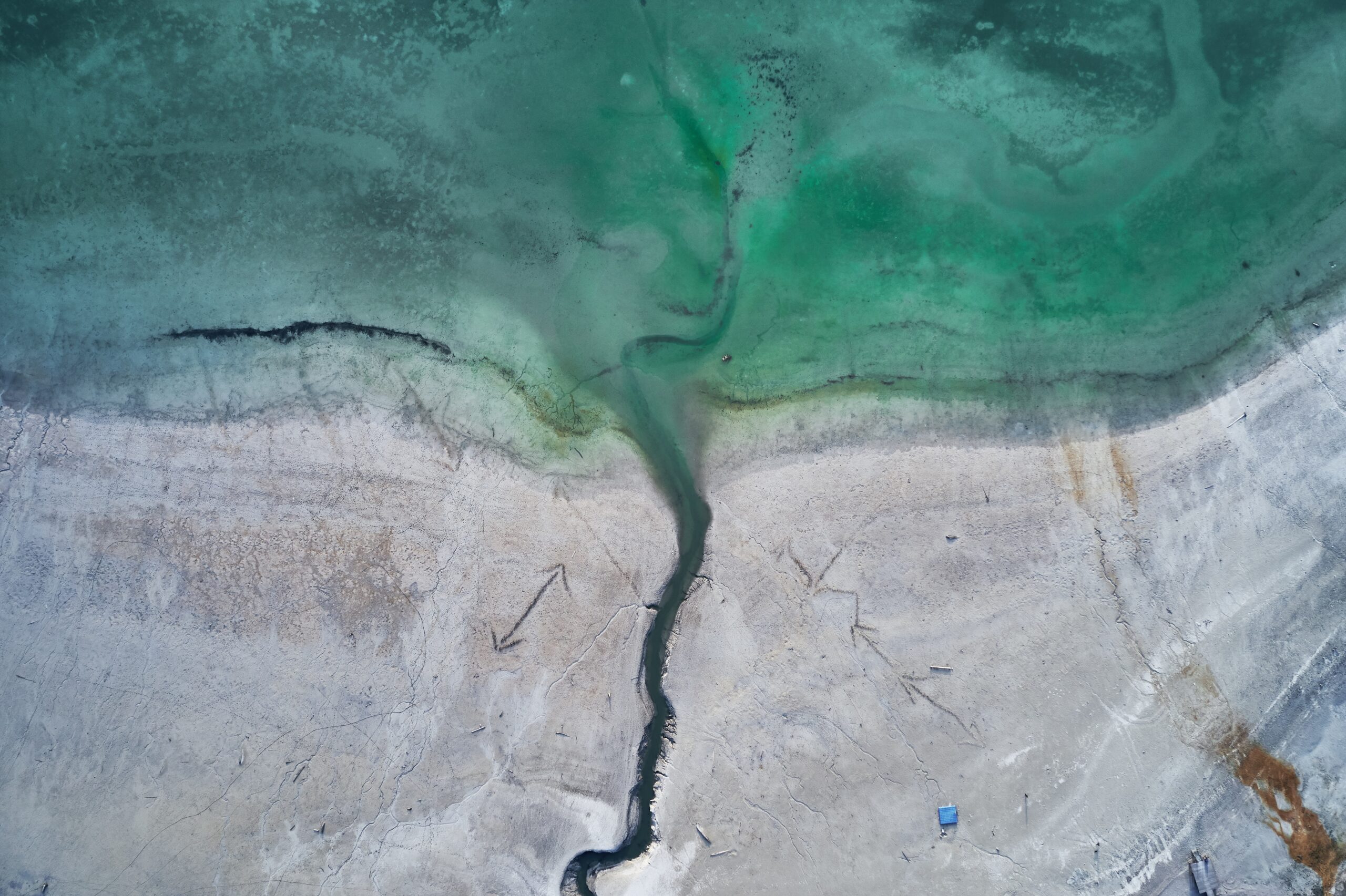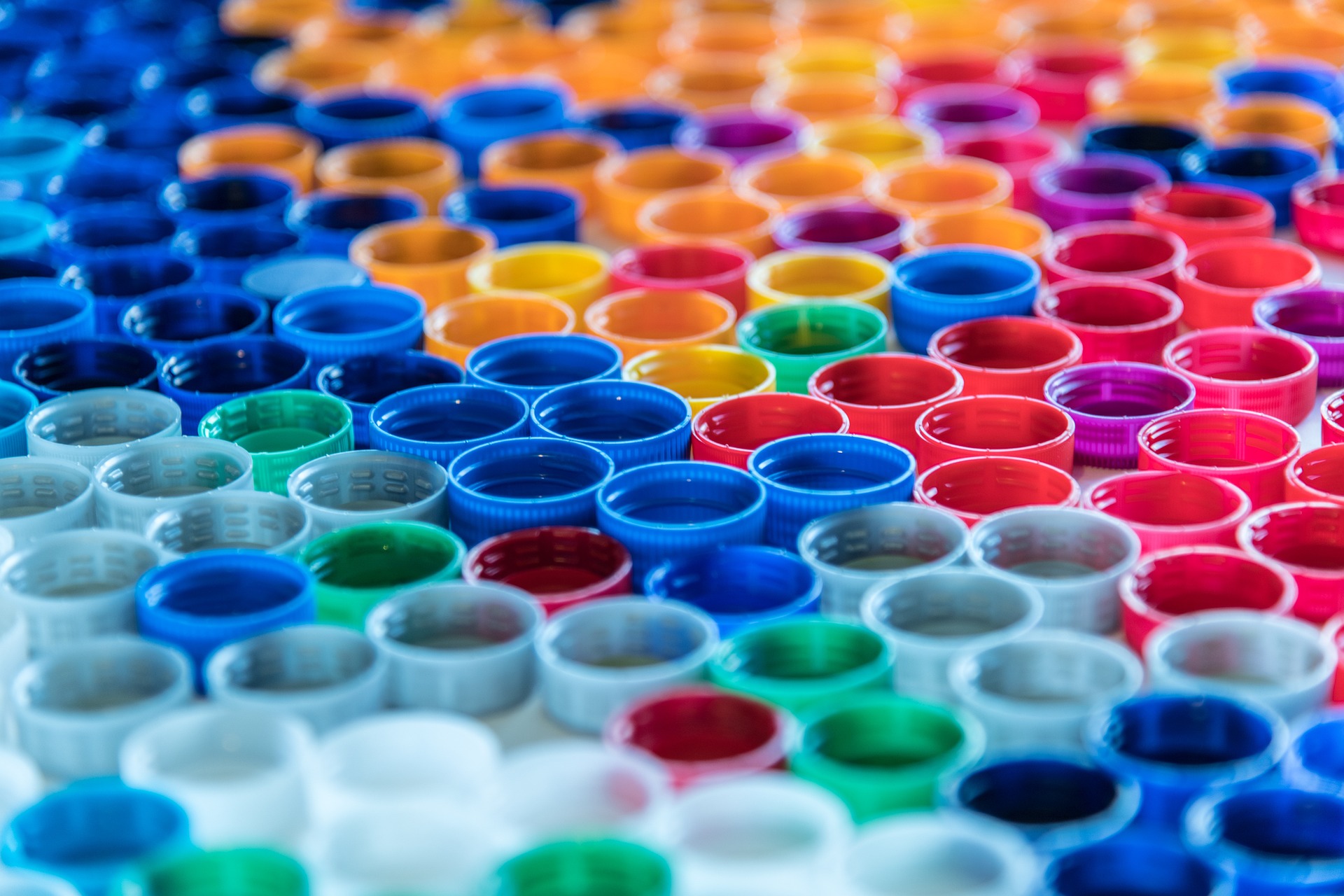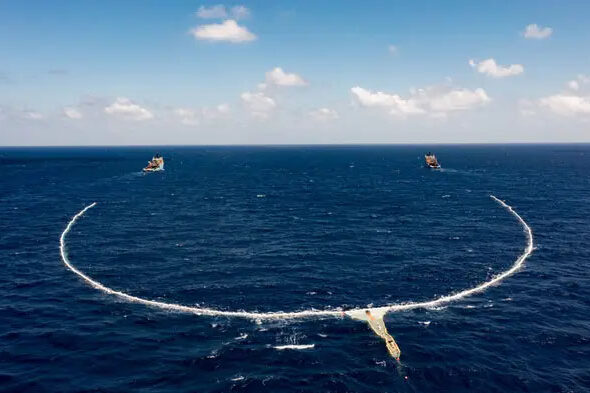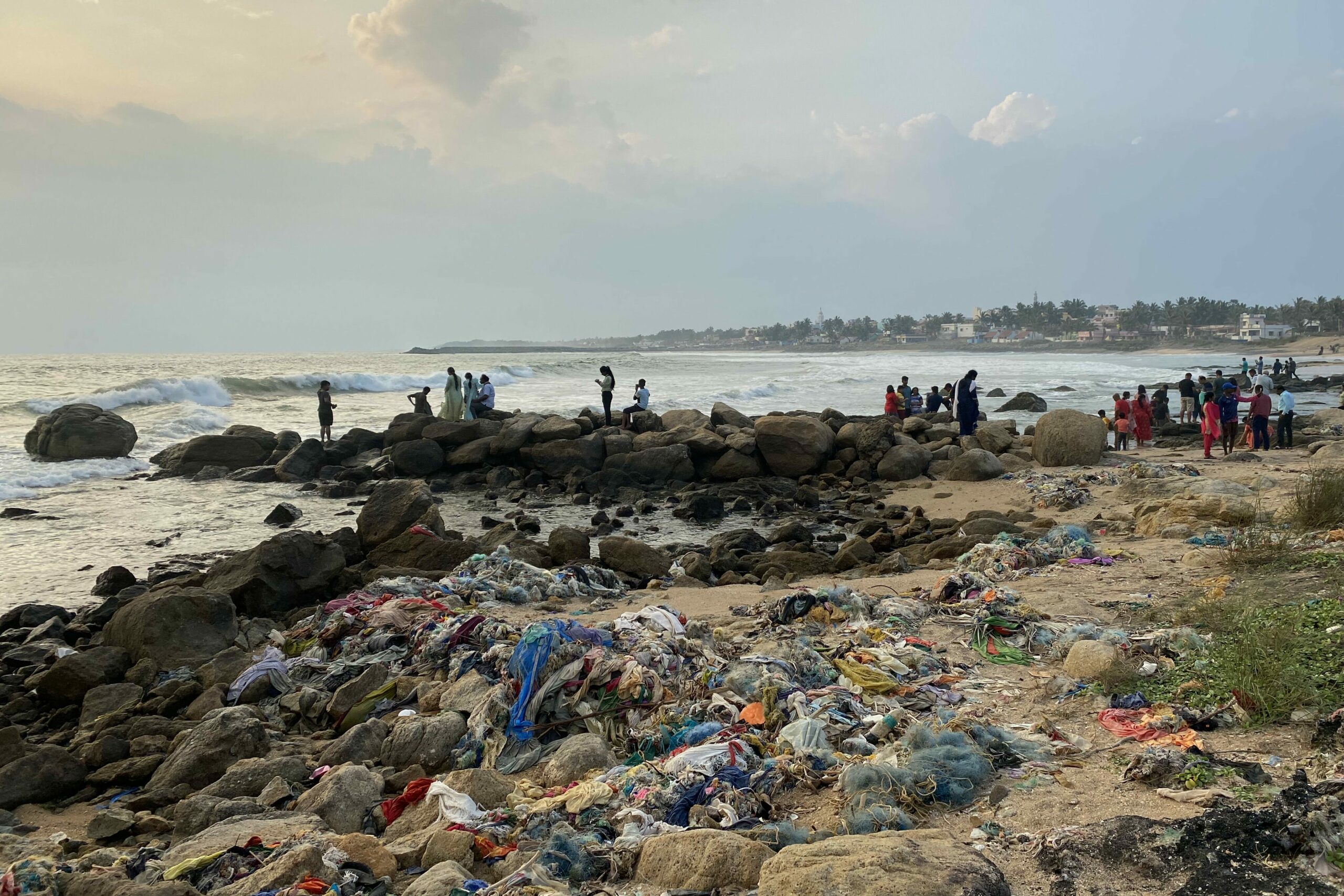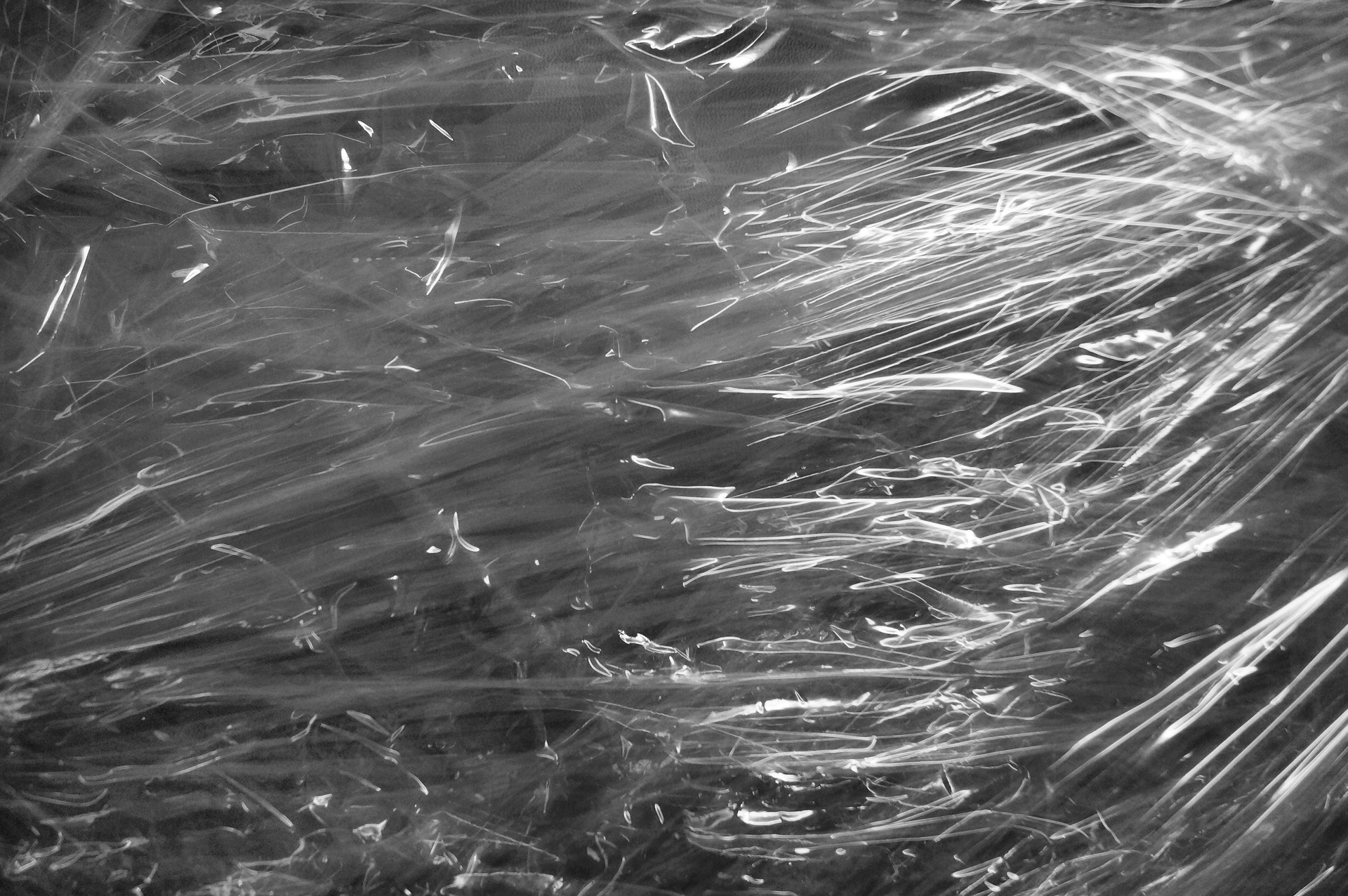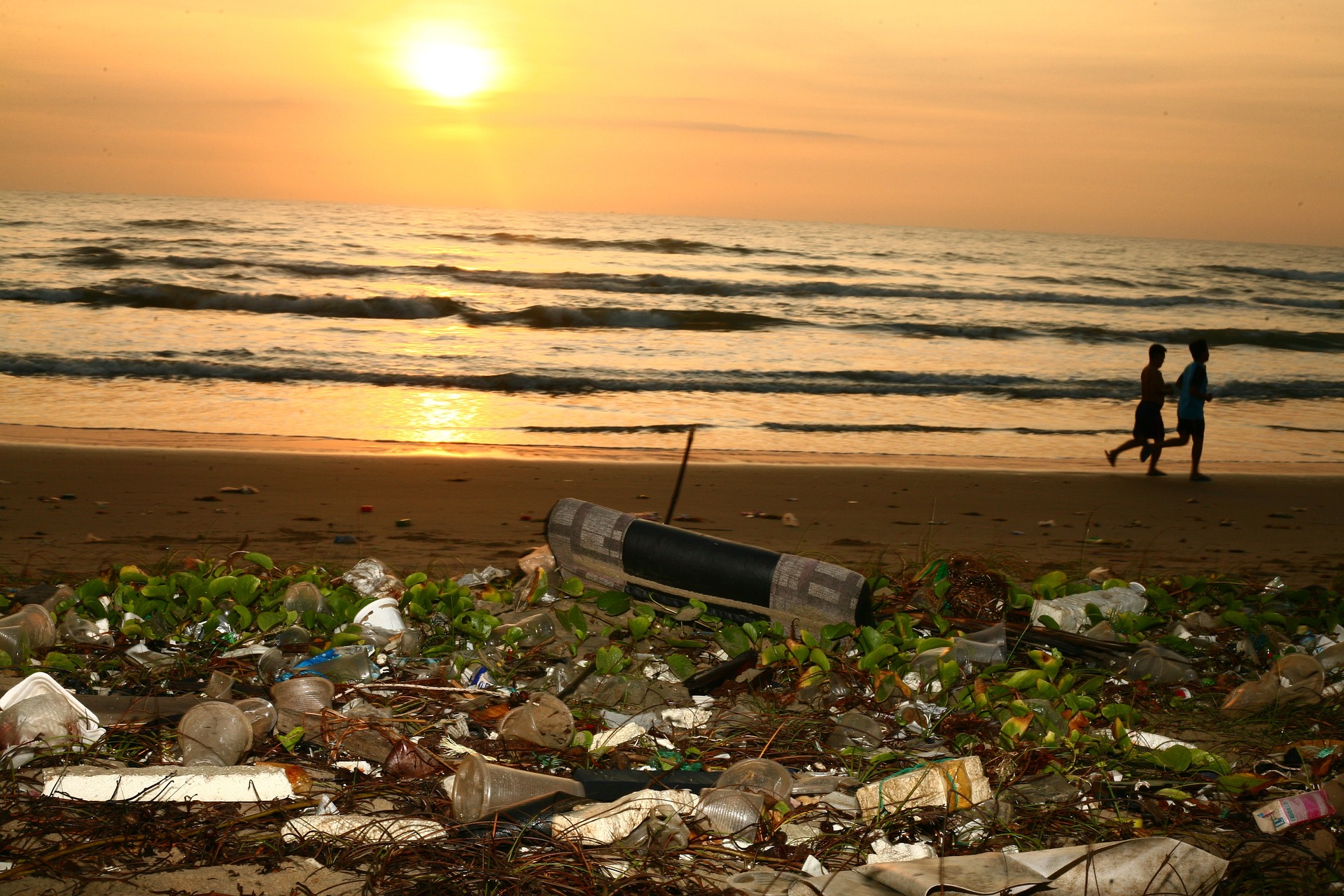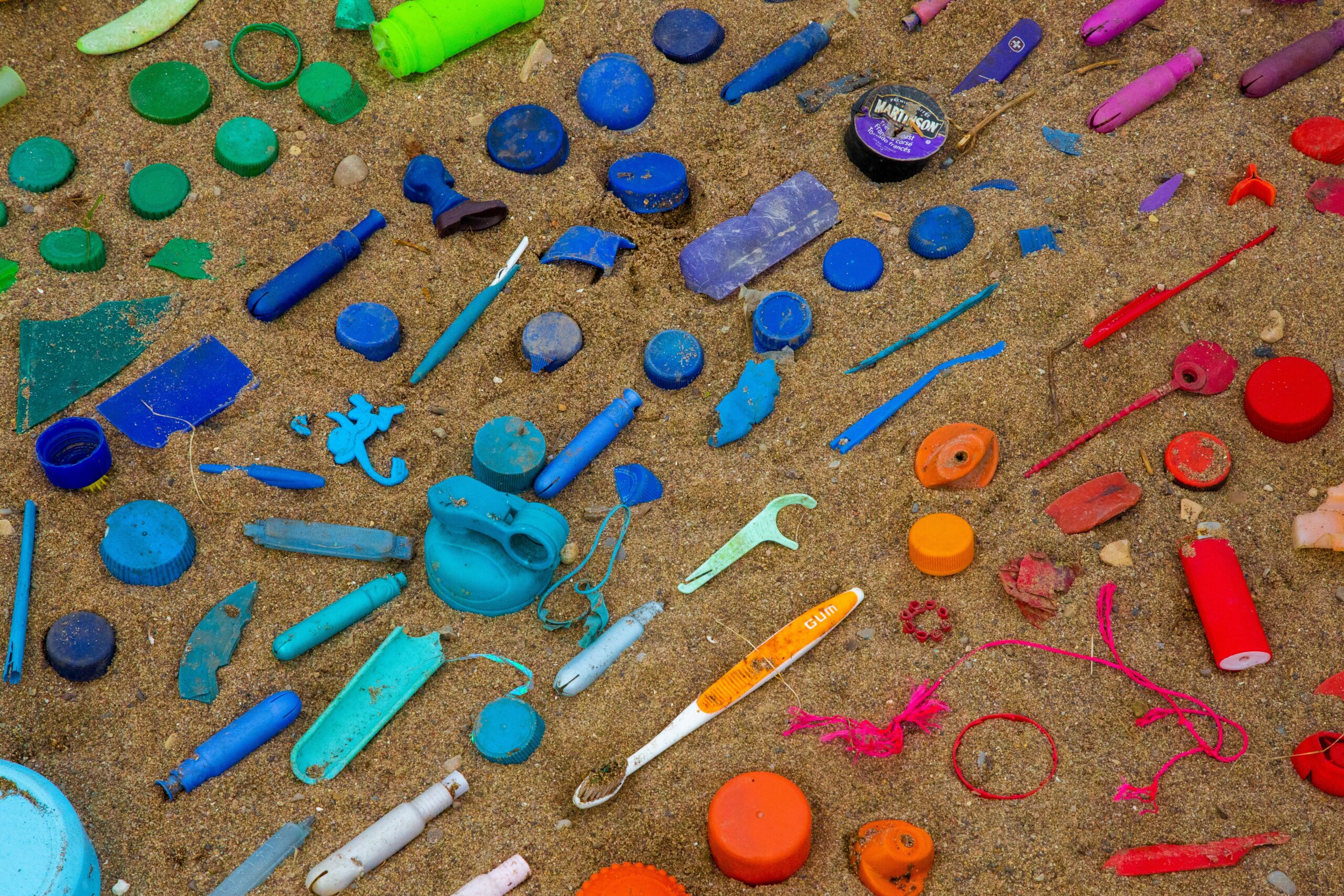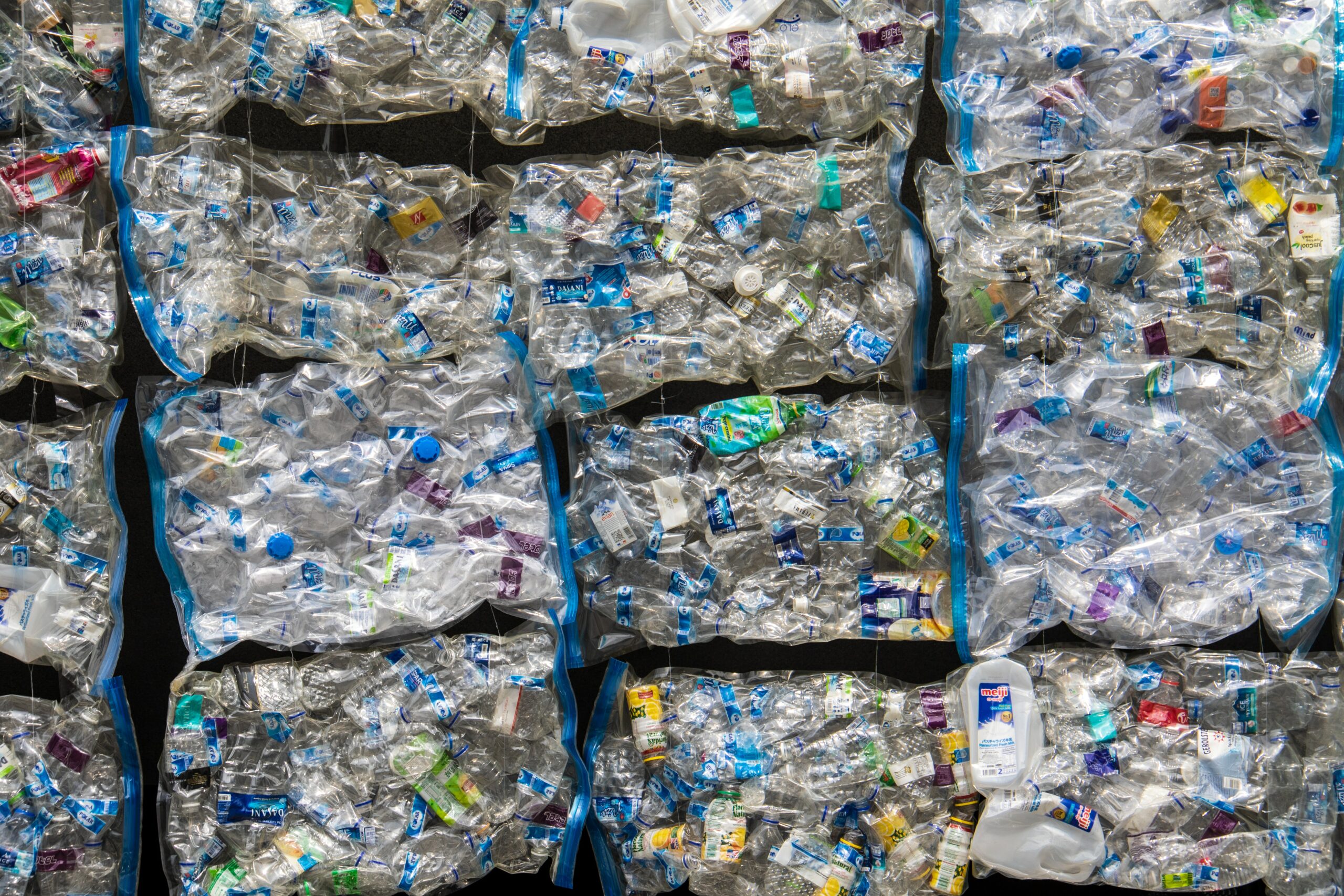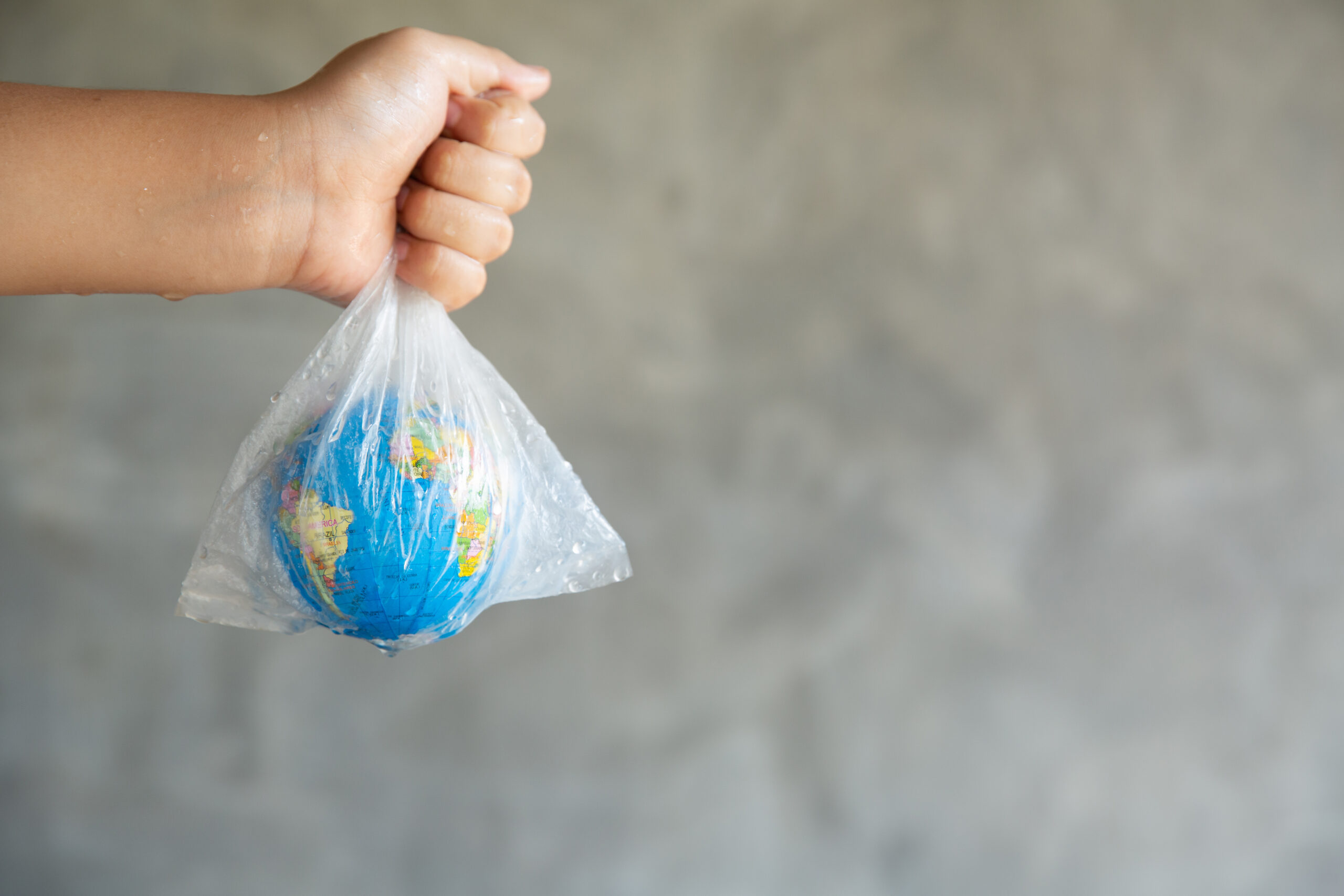During 2015, between 60-99 million tons of municipal plastic waste were inadequately disposed into the environment globally. Beyond urban areas, plastics have also been found in as broad ranging environments as agricultural soils, desert sands, mountain peaks, and deep ocean trenches. Marine pollution particularly, is of substantial concern. Between 4.8-12.7 million tons of plastic waste are entering the oceans yearly, 80% of which come from land-based sources, flowing to a large extent from the global riverine system. The main source of marine plastic pollution is litter from consumer packaging and products – single-use for most, including beverage bottles, shopping bags, food containers, and straws. This land-to-ocean leakage is often the result of poor waste management systems and inadequate policies and regulations. Even with increased rates of recycling, recovery, and incineration of plastic waste during the next decades, plastic releases into the environment are projected to double by 2050.
The release of mismanaged plastics into the environment is accompanied by severe ecological impacts. Although roughly half of all plastics consumed are single use, most common polymers are designed to last for centuries. During their long lifetime, macroplastics (debris size > 5 mm) break down into increasingly smaller pieces known as micro- and nanoplastics (debris sizes respectively < 5 mm and < 1 μm), which interact with organisms, soils, and waters. The degradation rate of plastics over time through either natural or artificial processes varies with plastic type and chemical composition. In total, over 660 species, ranging from seabirds, fish, bivalves to the zooplanktons at the bottom of the marine food chain, are known to be impacted by plastic debris, from macro to nanoplastics. The scale and implications of these impacts, however, remain far from being fully understood by the scientific community, hence calling for more research in this area.
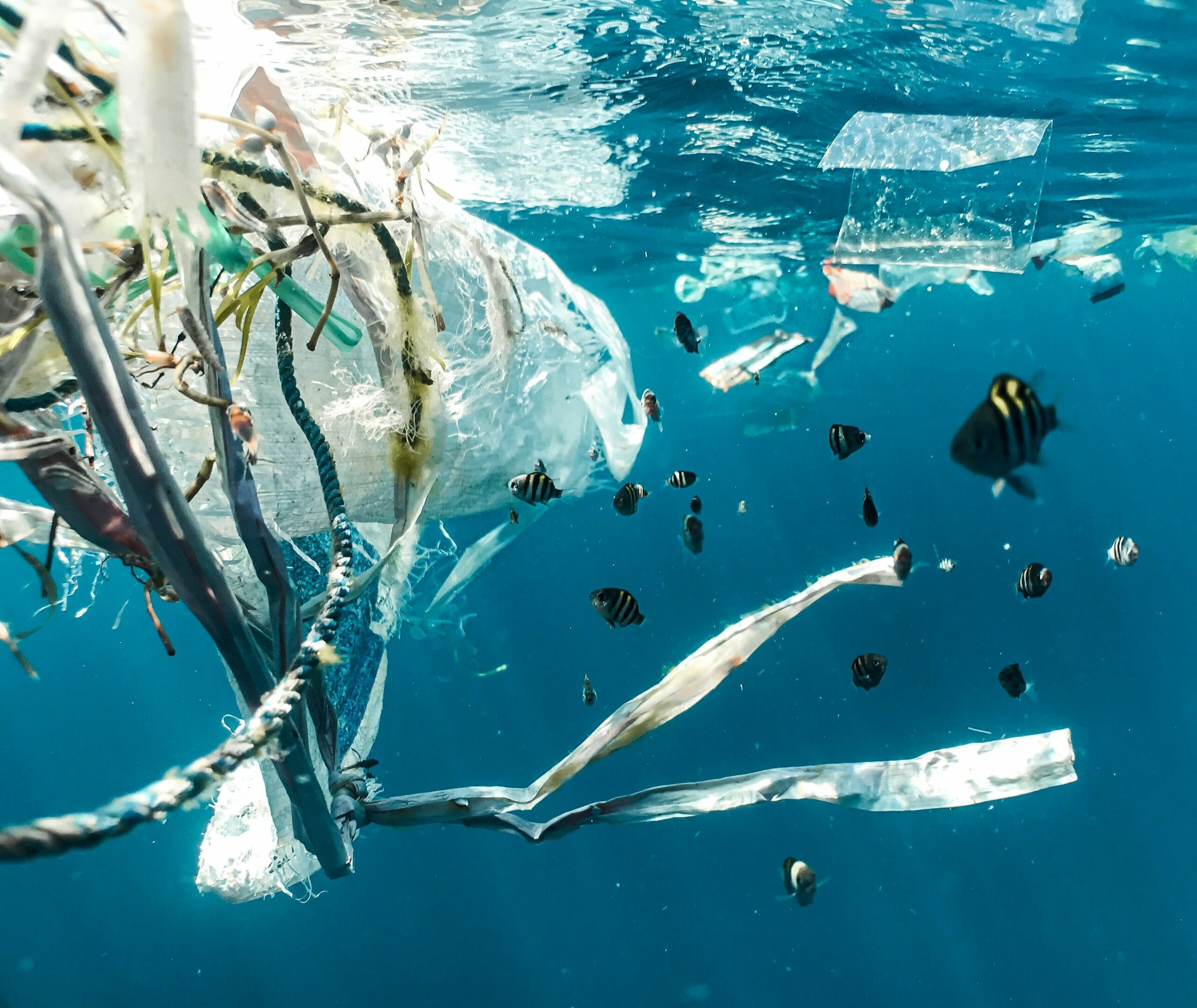
Much progress has been achieved over the past few years in monitoring, modelling, and estimating the release of plastics into the environment, and the resulting pollution. These activities remain nonetheless complex and challenging, and much uncertainty remains around the sources, pathways, and mass of mismanaged plastics ending in the environment. The monitoring of plastic pollution in the marine environment particularly, is constrained by accessibility, as well as by the spatial and temporal heterogeneity of plastics in water bodies. In addition, the lack of internationally agreed-upon definitions and categorizations of plastic debris, inconsistencies in sampling protocols as well as in terminology, further impede the comparability of data across locales and scales. As we still lack global standardized methods for the collection, identification, classification, and quantification of plastic pollution, the standardization of methodologies, techniques, and protocols is direly needed in order to accurately monitor plastic pollution and to understand its impact on ecosystems. This will in turn guide adequate and data-informed plastic pollution mitigation policies, from plastic production and consumption to waste management and recovery.
